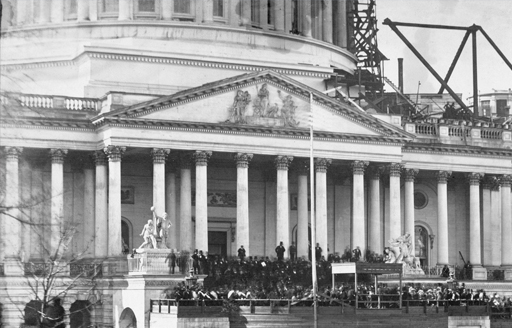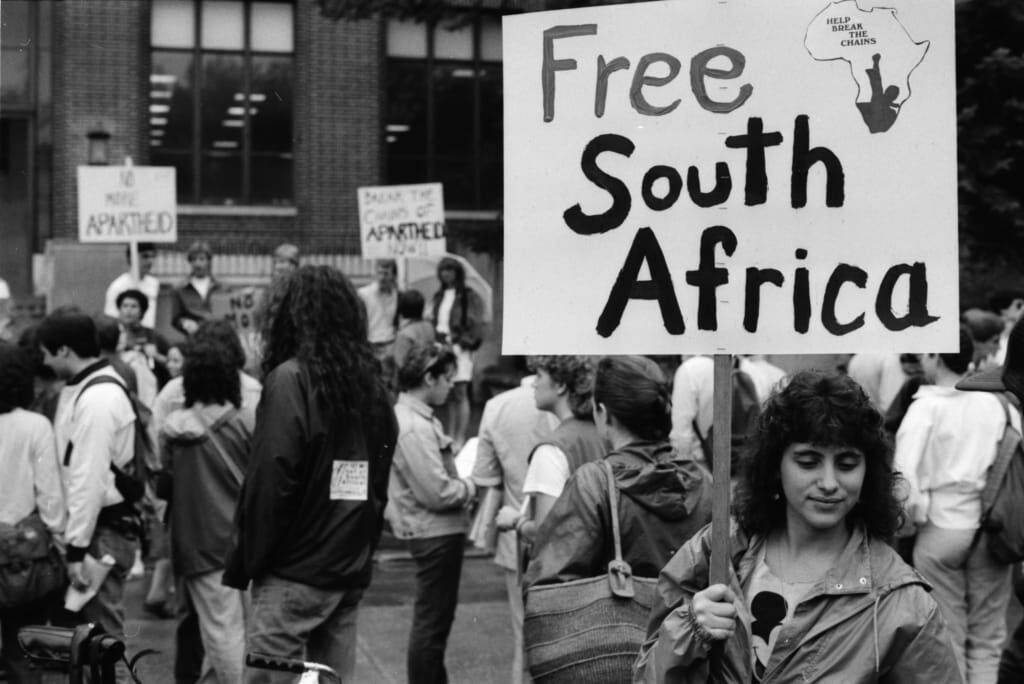November 6: History of Resolution for Apartheid Movement
Do you know how was slavery system abolished in India
The first time Gandhi officially used Satyagraha in South Africa beginning in 1907 when he organized opposition to the Asiatic Registration Law. He did all the protests for the rights of both Africans and native Indians there. Read the article to know what else happened in history today.
Abraham Lincoln as the President of America (1861)

(First Inauguration of Abraham Lincoln as a President)
Abraham Lincoln (February 12, 1809 – April 15, 1865) was an American legislator and lawyer who filled in as the sixteenth president of the United States from 1861 to 1865. Abraham Lincoln drove the country through the American Civil War, the nation’s most prominent good, established, and political emergency. He prevailing with regards to saving the Union, abolishing slavery, reinforcing the government, and modernizing the U.S. economy.
Mahatma Gandhi was arrested in South Africa (1913)
On November 6, 1913, Mahatma Gandhi was arrested while leading a walk of Indian diggers in South Africa. Constantly 1913, the Indian Relief Bill was presented by the British government where an assessment had been forced on all previously obligated workers. In this dissent, Gandhiji dispatched a detached opposition crusade, picking up the help of thousands of excavators. The walk included men, ladies, and youngsters, alongside Gandhiji and he was captured. He was delivered on bail, rejoined the dissent walk, and was re-captured. The Indian Relief Bill was at last rejected.
U.N Condemns Apartheid in South Africa (1962)

(Representation of the boycotting)
United Nations General Assembly Resolution 1761 was given 6 November 1962 because of the bigoted approaches of politically-sanctioned racial segregation set up by the South African Government. The goal regarded apartheid and the approaches authorizing it to be an infringement of South Africa’s commitments under the UN Charter and a danger to global harmony and security. The goal likewise settled the United Nations Special Committee against Apartheid. The panel was initially boycotted by the Western countries, due to their conflict with the parts of the goal requiring the blacklist of South Africa. All things being equal, the panel discovered partners in the West, for example, the British-based Anti-Apartheid Movement, through which it could work and lay the ground pulls for the inevitable acknowledgement by the Western forces of the need to force financial approvals on South Africa to pressure for political changes.
Read more: November 5: An Incredible Day in ISRO’s History
Lunar Orbiter 2 was Launched (1966)
The Lunar Orbiter 2 mechanical shuttle, a piece of the Lunar Orbiter Program was planned fundamentally to photo smooth territories of the lunar surface for determination. It was launched on November 6, 1966, for the check of safe landing locales for the Surveyor and Apollo missions. The shuttle was put in a cislunar direction and infused into a curved close central lunar circle for information securing after 92.6 hours’ flight time. A disappointment of the enhancer on the last day of readout, December 7, brought about the loss of six photos. On December 8, 1966, the tendency was modified to 17.5 degrees to give new information on lunar gravity.
If you have an interesting write-up or any suggestion, write to us at ownguru@gmail.com
